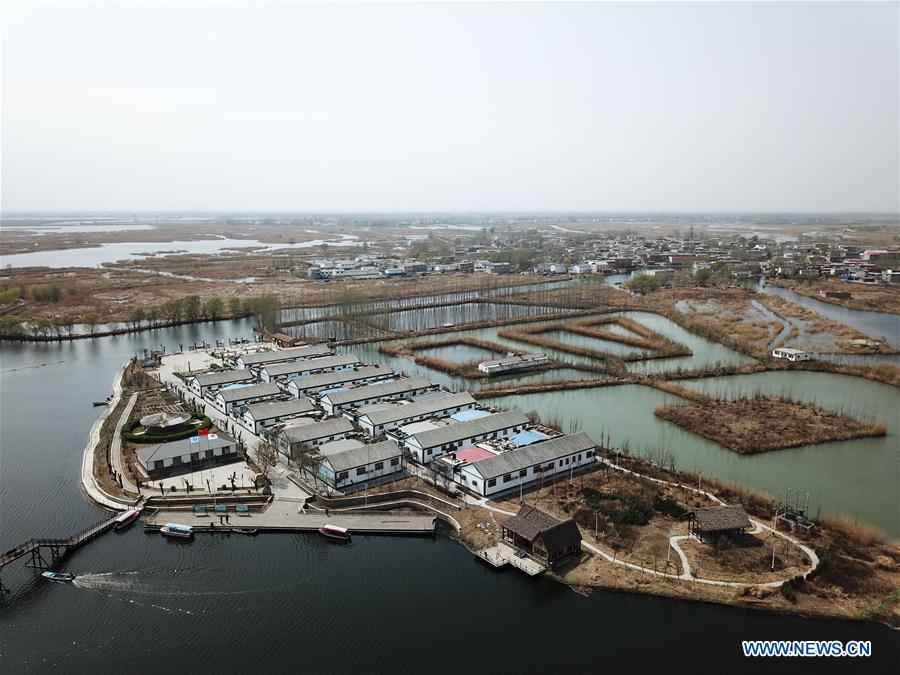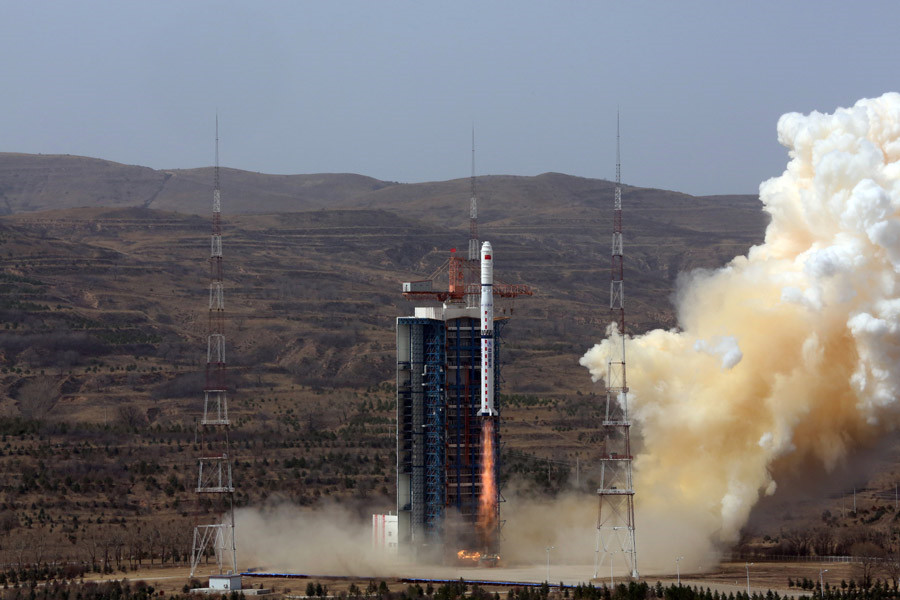China has been warming faster than the global average and has seen its coastal sea level rise over several decades, according to a report published by the China Meteorological Administration on Tuesday.
From 1951 to 2016, the annual average land surface temperature in the country has increased by an average of 0.24 C every 10 years, nearly double the global average, according to the 2018 blue book on China's climate change.
"There are big differences for different regions. Northern China is warming up obviously quicker than the southern part. The western part surpasses the eastern part. The Qinghai-Tibet Plateau temperatures have risen the fastest, "said Chao Qingchen, deputy director of the National Climate Center.
The thickness of the active layer of soil that thaws during the summer and freezes again during the autumn along the Qinghai-Tibet Highway has increased by an average of 19.2 centimeters every 10 years from 1981 to 2017, which means heat is penetrating deeper, according to the blue book.
While extreme low temperatures have been in decline since 1961, there has been an obvious increase of extremely high temperatures in the country since 1990. China saw an abnormally warm year in 2017 with an annual average land surface temperature of 13.8 C, the highest since 1900, she said.
According to Li Mingmei, an administration official, China just witnessed record high average temperatures this March, compared with the same month in past years. The average temperature in China for March was 7C - 2.9 C higher than the average.
Meanwhile, there has been a steady rise in the country's coastal sea level since 1980, with an average annual increase of 3.3 millimeters. Last year, the coastal sea level was 58 millimeters higher than the annual average from 1993 to 2011, according to the report.
Chao said 60 percent of the country's population live in coastal areas in the eastern and southern regions, where about 60 to 70 percent of GDP is generated.
"Generally, the climate risk in the country has been mounting since 1961, "she said.
Sun Ying, chief forecaster at the National Climate Center, said the warming in China is proceeding seemingly faster than the global average because temperatures in the country's expanding urban areas, which are usually warmer than rural areas because of extensive pavement and concrete, are brought into the calculation, and most parts of the country are on the continent, where temperatures are increasing faster than in the ocean.
She added that an increase of greenhouse gases is one of the major contributors to the country's warming.
The concentration of carbon dioxide measured at China Global Atmosphere Watch Baseline Observatory on Mount Waliguan, one of more than 30 global baseline observatories established by the World Meteorological Organization, has been increasing steadily since 1990 and reached 404.4 parts per million in 2016, which is slightly higher than the global average, the report said.


















































